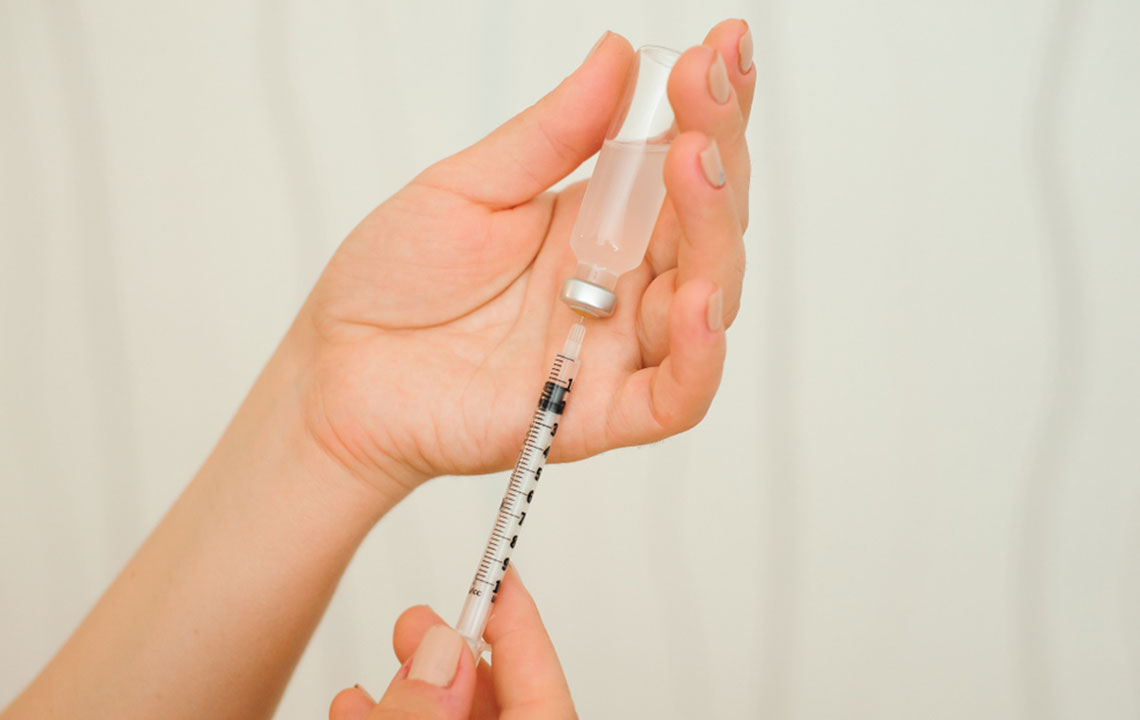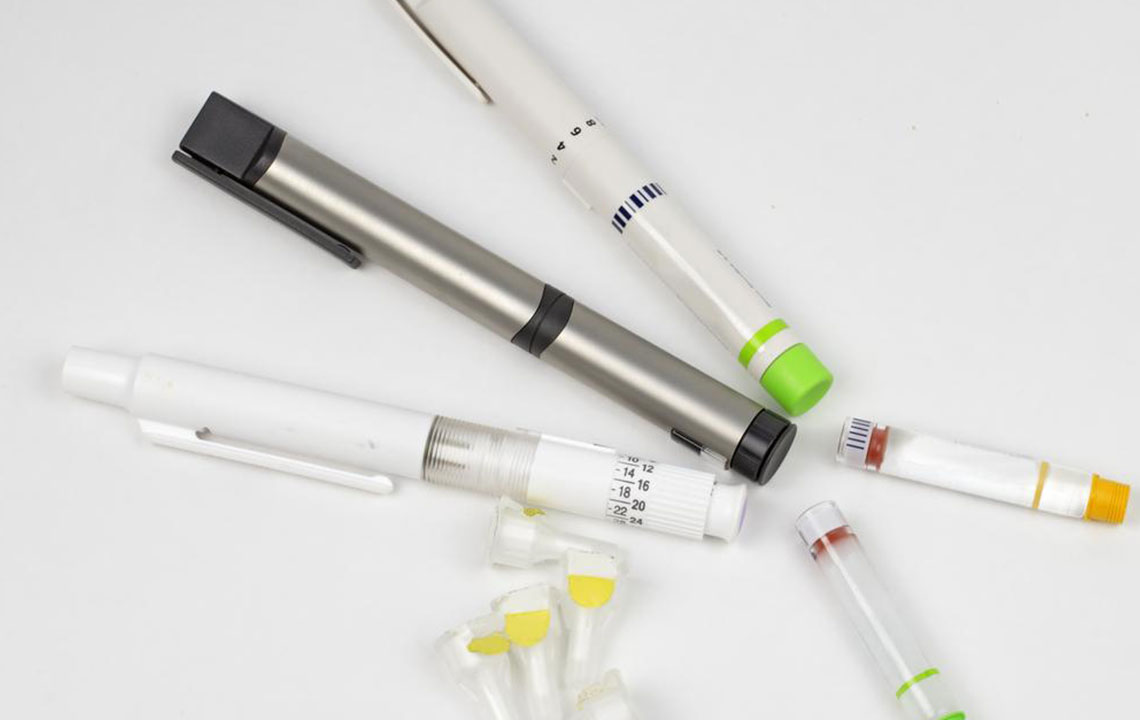Guide to Proper Ozempic® Dosing for Type 2 Diabetes Management
This comprehensive guide covers the correct dosing, administration, and precautions for Ozempic® in managing type 2 diabetes. It emphasizes proper usage, timing, and important safety considerations to ensure effective blood sugar control while minimizing risks. Always seek medical advice before starting or adjusting any medication to ensure safe and optimal treatment outcomes.

Understanding Proper Use of Ozempic®
Ozempic® is a medication prescribed for type 2 diabetes when other treatments haven't been effective. It is a non-insulin injectable that mimics a natural hormone, reducing glucagon and improving blood sugar regulation in adults. The ease of administering Ozempic® via injection pens makes it popular, but following precise guidelines is crucial for safe and effective use.

Key Instructions for Ozempic® Usage
Ozempic® functions as a GLP-1 receptor agonist, assisting in blood glucose management for type 2 diabetes patients.
Initially, a doctor typically recommends 0.25 mg once weekly for four weeks. While this dose may not significantly lower blood sugar initially, it starts the treatment process by enhancing insulin production and reducing glucagon secretion.
After four weeks, the dose may be increased to 0.5 mg weekly, depending on your response.
If your blood sugar remains uncontrolled, your doctor might suggest increasing to 1 mg weekly.
Doctors generally advise not exceeding 1 mg per week.
When to Take Ozempic®
Choose a consistent day of the week to take your dose; the timing relative to meals is flexible.
You can switch your scheduled day if needed, ensuring at least two days between doses.
If you miss a dose, you may take it within five days; otherwise, skip and resume on your regular schedule.
Administration Tips
Never share your pen or needles; dispose of needles responsibly after each use.
Inject into the upper arm, abdomen, or thigh. Rotate injection sites weekly to prevent tissue damage.
Check the solution to ensure it is clear and colorless before injection. Do not use if it appears cloudy or contains particles.
Insulin can be injected into the same area as Ozempic, but use separate needles and avoid injecting close together.
Precautions to Discuss with Your Doctor
Inform your healthcare provider about any history of eye disease like diabetic retinopathy.
Discuss any pancreas or kidney issues before starting therapy.
Pregnant, breastfeeding women, or planning pregnancy should consult their doctor regarding possible risks. It's advised to stop Ozempic at least two months before conception.
Ozempic® is strictly for type 2 diabetes management and not a substitute for insulin. Combining diet, exercise, and medication is essential for effective control.










